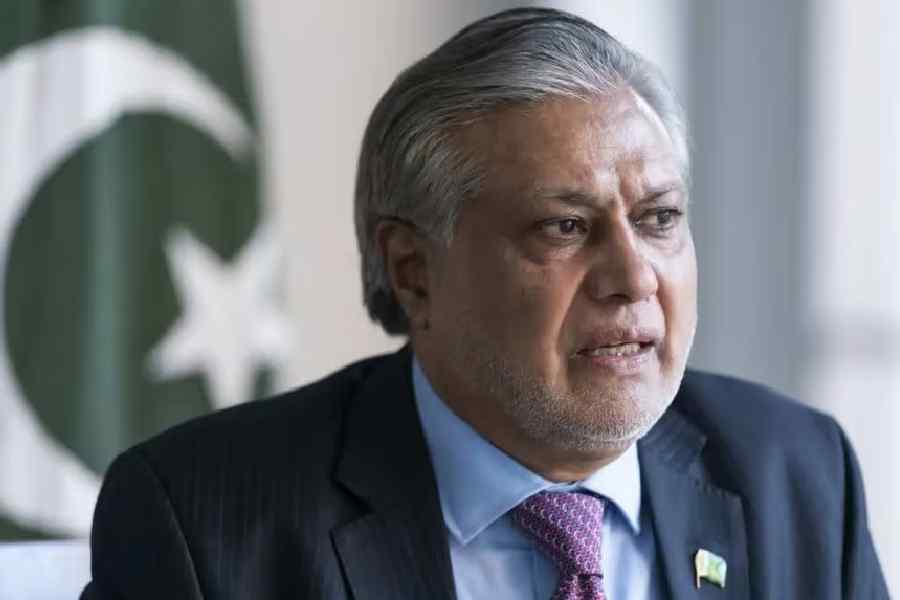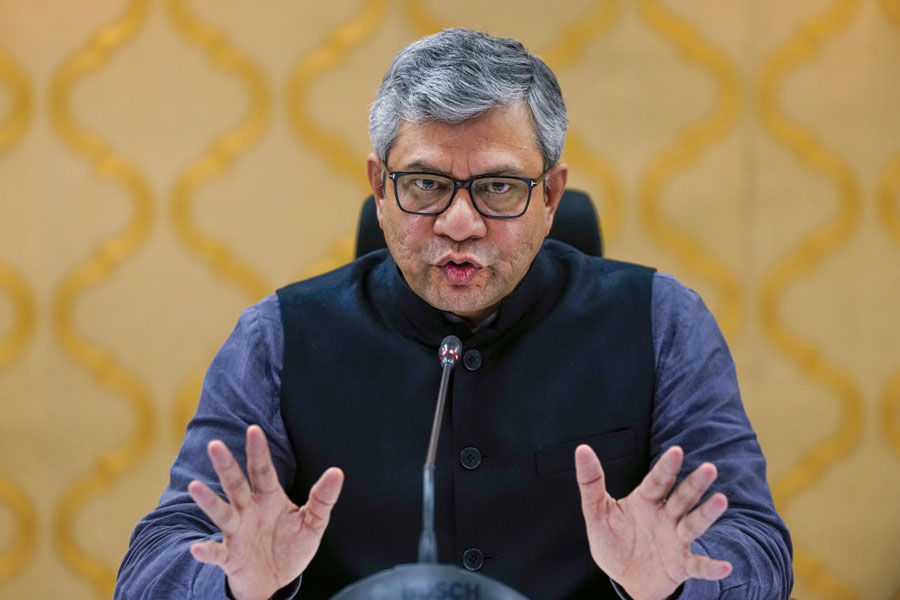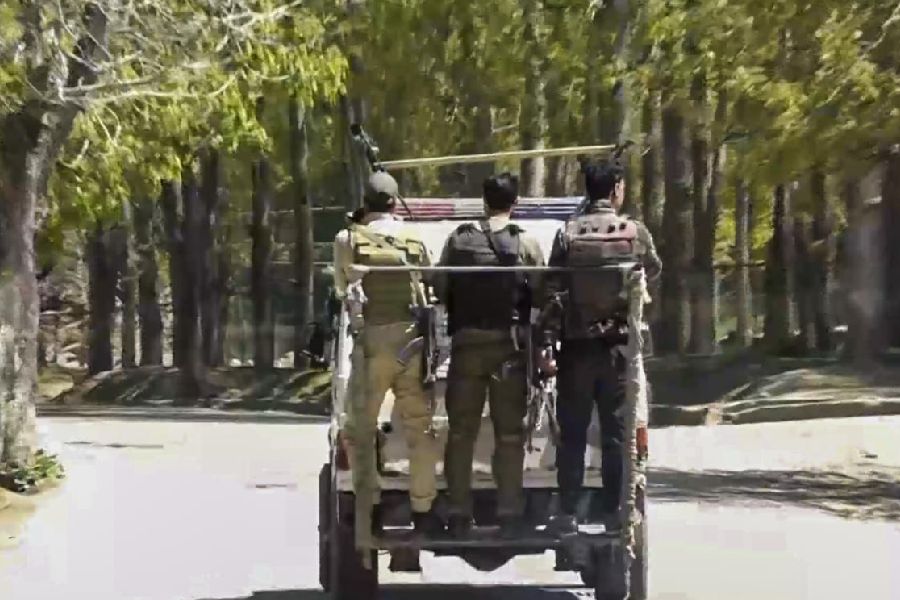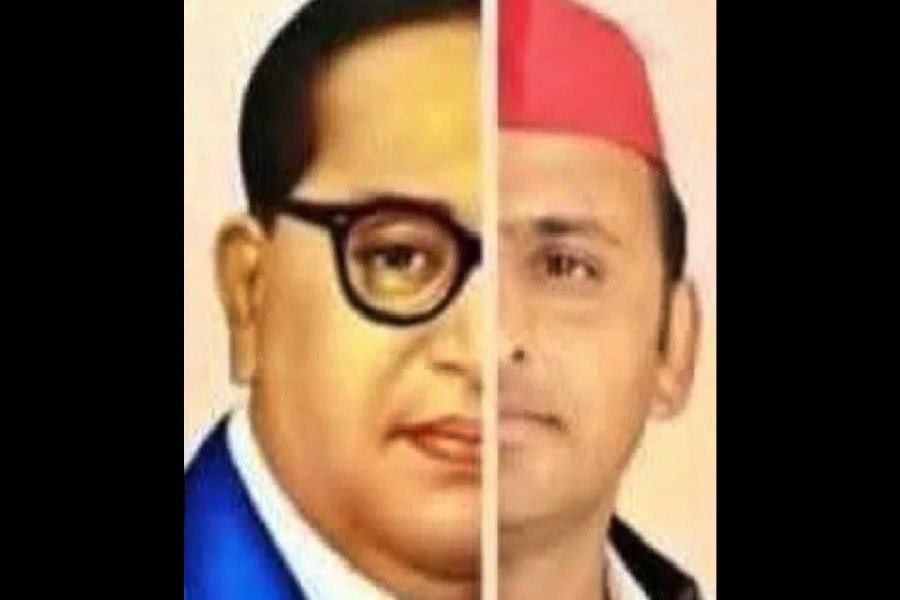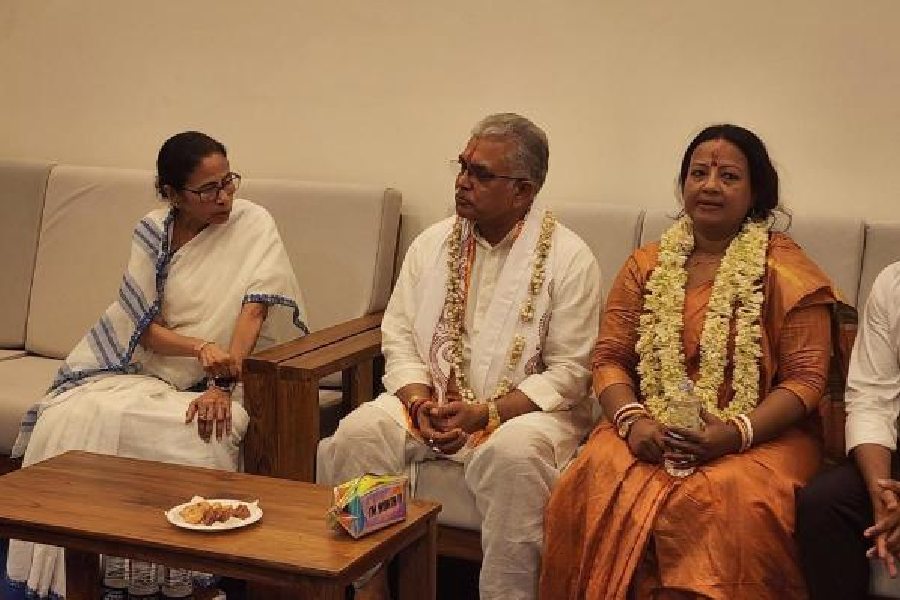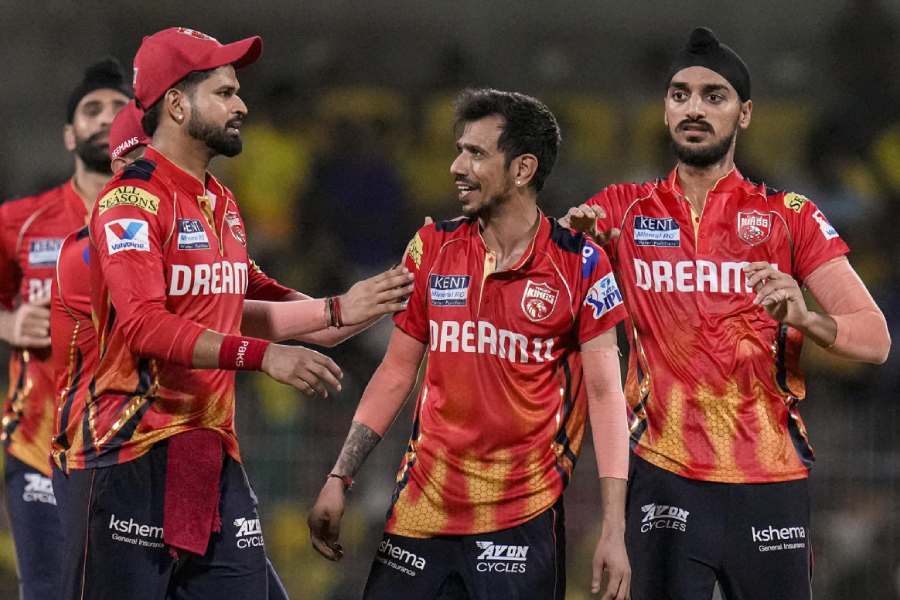 |
| GOONS GALORE: Gangsters Omprakash, Rajesh (left), and Shobha John (below) have been apprehended but many others are still at large |
 |
It’s like a real-life film on a giant screen. But the screen is Kerala, and the film is a series of episodes relating to gruesome crime. For years the southern state was held up as a model of rectitude. But now, the people of Kerala believe that the state is going to the dogs when it comes to crime.
A Malayali doesn’t have to go to a cinema hall for thrills any more, for crime is all around him. Some of the criminal activities are almost like film plots. The murder of Paul M. George Muthoot, the scion of one of Kerala’s richest business families, on the night of August 21 in Alappuzha is a case in point.
The 32-year-old executive director of the Rs 20,000-crore Muthoot group, financiers who have now diversified into real estate and tourism, was stabbed to death while he was travelling with two men — identified as Omprakash and Puthenpalam Rajesh and listed as goonda elements by the police. According to the police, the car Paul George was driving hit a motor cycle. A group of hired criminals witnessed this, chased the car, attacked the passengers and knifed Paul George to death. Omprakash and Rajesh fled from there, but have since surrendered to the police.
Eleven people have been arrested in connection with the murder. However, experts say that the police version is full of holes. It fails to explain what two notorious criminals were doing with Paul George. And it seems too much of a coincidence that a group of hired criminals was somewhere close to the Muthoot heir and his cohorts.
Whatever be the motive (there is some talk about a seaside property that both Paul George and a Gulf-based firm connected to a top politician’s son were eyeing), what’s clear is that Kerala is witnessing a growing nexus among businesses, politicians and crime syndicates. “If the government does not act decisively against criminal elements, the rule of law will collapse and anarchy may prevail,” a judge of the Kerala High Court remarked recently.
Criminologist James Vadackumchery, who has written 56 books on subjects relating to crime, says it’s a “new phase”. Earlier, the state was more or less peaceful — with just the usual criminal activities.
K.T. Ram Mohan, a social scientist at the Mahatma Gandhi University in Kottayam, argues that political parties were earlier connected with the people. They possessed what Mohan describes as “political energy” which battled criminal activities. “Since the Nineties, there has been a huge diffusion in this political energy,” he says. Many politicians now find it easier to draft local criminals to deal with all kinds of issues. In return, politicians are obliged to give the criminals political protection.
Not surprisingly, gangs are proliferating. The Nineties, in particular, witnessed the emergence of a number of groups specialising in the trafficking of women, sand mining and real estate. The trend has been continuing. The national Indian Penal Code crime rate was 175 (per one lakh population) in 2007. In Kerala, it was 319, almost double of the national average.
There are several organised gangs in Kerala today, each with 10 to 40 members. These are known by the names of their leaders — Puthenpalam Rajesh, Omprakash, Keppan Ani, Gundugad Sabu and so on. Some gangs specialise in money laundering, and some are called the sand mafia, for they illegally take sand from river beds and sell it for construction. From murder and extortion to chain snatching — the gangs deal with all kinds of crimes.
Among the gang leaders was Shobha John, who was the first woman to be arrested under the state’s Goonda Act. John, who worked as a recovery manager for a private bank, was implicated in an extortion case involving a former priest of the Sabarimala temple three years ago. She was recently arrested by the police in connection with the murder of a rival gang leader, Althara Bineesh.
The gang member is not a stereotypical criminal either. Take Omprakash, who was recently arrested in the Paul George murder case. He was a bright student and scored over 83 per cent marks in his 10th standard board examination. He went on to study law and business management. He dabbled in modelling before turning to organised crime full time. According to reports, when he was a student he was often used by a particular political party to settle “political scores”.
The political patronage that such networks enjoy prompts the police to often look the other way, says Vadackumchery. “Things have been vitiated in the recent past,” asserts M.G.A. Raman, a former director general of police (DGP), referring to the state of the police. A report recently submitted by senior police officer Siby Mathew to the state government identified 60 officers who are corrupt and believed to be operating in connivance with criminals.
The growing link between criminals and politicians has also spawned a parallel economy. DGP Jacob Punnoose had estimated when he was heading the state intelligence department a few years ago that the state’s parallel economy was worth Rs 45,000 crore. This is about Rs 2,000 crore more than the income from Gulf remittances, which, according to the Centre for Development Studies in Thiruvananthapuram, was about Rs 43,000 crore in 2008.
The increasing remittances from Gulf countries — where a sizeable section of Malayalis are employed —led to the mushrooming of a number of groups dealing with money lending and laundering and gold smuggling since the eighties. The money lending business has been surviving on criminals whose job is to deal with defaulters. “These money lenders find it cheaper to employ goons to ensure that the defaulters pay back the money as legal action is expensive and time consuming,” says Vadackumchery.
The Kerala government enacted the Goonda Act in 2006. According to police reports, arrest warrants have been issued against 527 listed criminals in the state. Only 265 have been arrested. Many were arrested and freed, for the law stipulates that people can be detained only for six months unless the police can prove the charges against them. “The trouble with the Act is that it identifies the criminals as individuals and does not recognise the existence of gangs whose presence is rampant in the state,” says Vadackumchery. The police may nab one of gang members and put him behind bars, but his accomplices continue to function with impunity, he says. Such shortcomings in the law need to be rectified to be effective, he notes.
Till then, real life will mingle with reel life.


